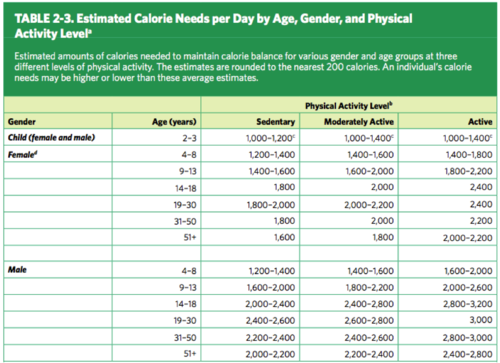One of InsideTracker’s most useful features in promoting a healthy body is its customizable food basket that takes into account your food preferences, macro and micronutrient levels (according to your blood), and activity level (according to you). It’s like having your own personal dietitian, but you don’t have to feel guilty if you disagree with his/her twice weekly kale recommendation.
The core idea behind energy balance stems back to your high school physics class. Does the First Law of Thermodynamics ring a bell? In case you need a refresher, the First Law of Thermodynamics states that energy cannot be created or destroyed. So what happens to energy? It changes form; for example, energy from sunlight helps plants grow, turning them into food energy that ultimately is used to regulate our body temperature and pump blood throughout our circulatory system.
Energy balance may seem like a simple concept, but it’s quite complex in practice. If energy in, energy out were as simple as perfectly balancing our food inputs with our energy outputs, wouldn’t more of us be able to maintain our ideal weight? This concept is meant to serve more as a guiding principle to help us make healthier choices than a hard and fast rule.
The 2010 Dietary Guidelines for Americans emphasize energy balance as a core theme, identifying “Balance calories with physical activity to manage weight” as the first major goal for Americans. In fact, the entire second chapter of the Guidelines is devoted to energy balance. In the words of the Department of Health and Human Services,
“Calorie balance over time is the key to weight management. Calorie balance refers to the relationship between calories consumed from foods and beverages and calories expended in normal body functions (i.e., metabolic processes) and through physical activity. People cannot control the calories expended in metabolic processes, but they can control what they eat and drink, as well as how many calories they use in physical activity.”
So how does one know how many calories one needs each day? As the Guidelines state, we have little control as to how much energy is used for metabolic processes such as digesting food, keeping your body at a steady 98.6 degrees, and replenishing glycogen stores in muscles after strenuous exercise.
Based on national survey data, the average calorie intake among women and men older than age 19 years are estimated to be between 1,785 and 2,640 calories per day, respectively. (Keep in mind that individuals frequently under-report their food consumption, so these estimates may be low.) Many Americans are also unsure of the calorie content in the foods they eat, and therefore may over or underestimate them. This lack of information was the impetus for menu labeling programs that have popped up in cities like Philadelphia and New York.
The Guidelines provide a helpful table that breaks down recommended energy consumption based on sex, age, and level of physical activity- the three markers we can use to best determine our needs.

The Department of Health and Human Services defines activity categories as follows:
Sedentary means a lifestyle that includes only the light physical activity associated with typical day-to-day life; Moderately active means a lifestyle that includes physical activity equivalent to walking about 1.5 to 3 miles per day at 3 to 4 miles per hour, in addition to the light physical activity associated with typical day-to-day life; and Active means a lifestyle that includes physical activity equivalent to walking more than 3 miles per day at 3 to 4 miles per hour, in addition to the light physical activity associated with typical day-to-day life.To help maximize your food basket and subsequent trips to the grocery store, first determine where you fall in terms of physical activity level, then use this chart to estimate the number of calories your body needs to stay healthy. (If your activity level far exceeds these categories, refer to my next post about energy considerations for athletes.) Remember that factors such as illness, hormones, stress, sleep, and extreme temperature change can all affect your energy needs and this is not a perfect equation.
Instead, use your calorie range as a target, and stay flexible within your food basket meal plan. Remember that the beauty of InsideTracker is its uniquely customizable structure that allows it to work best for your individual needs.
